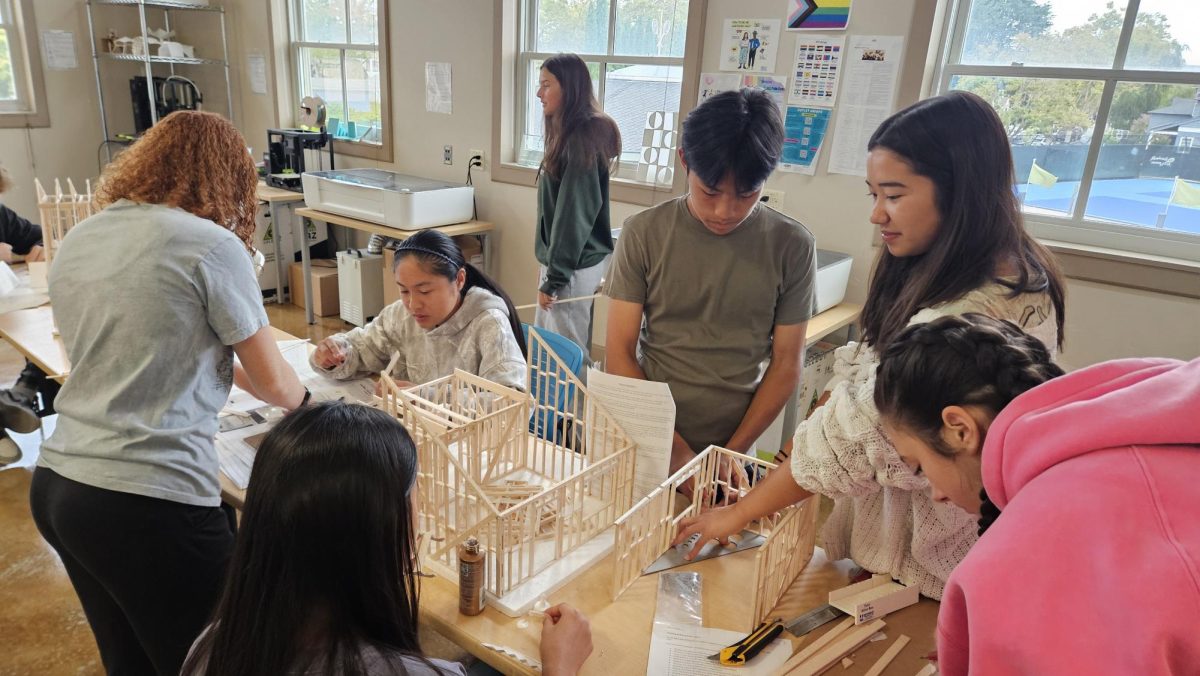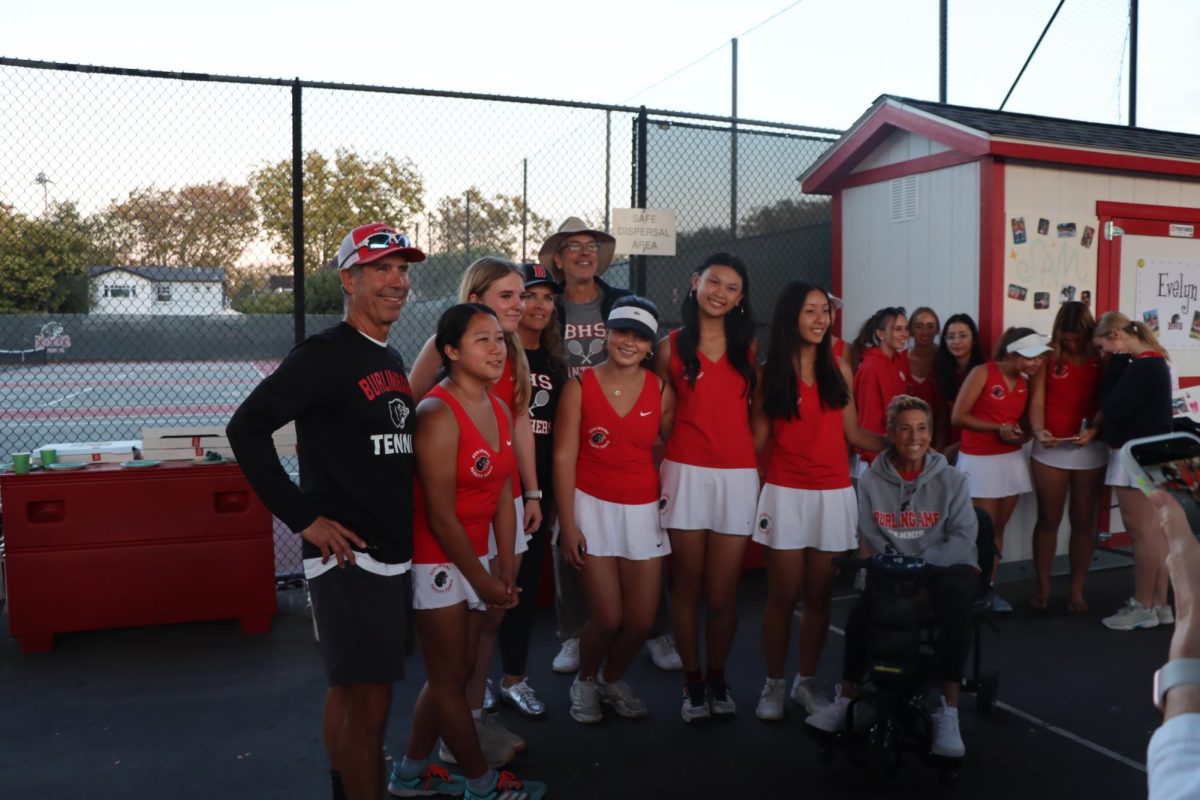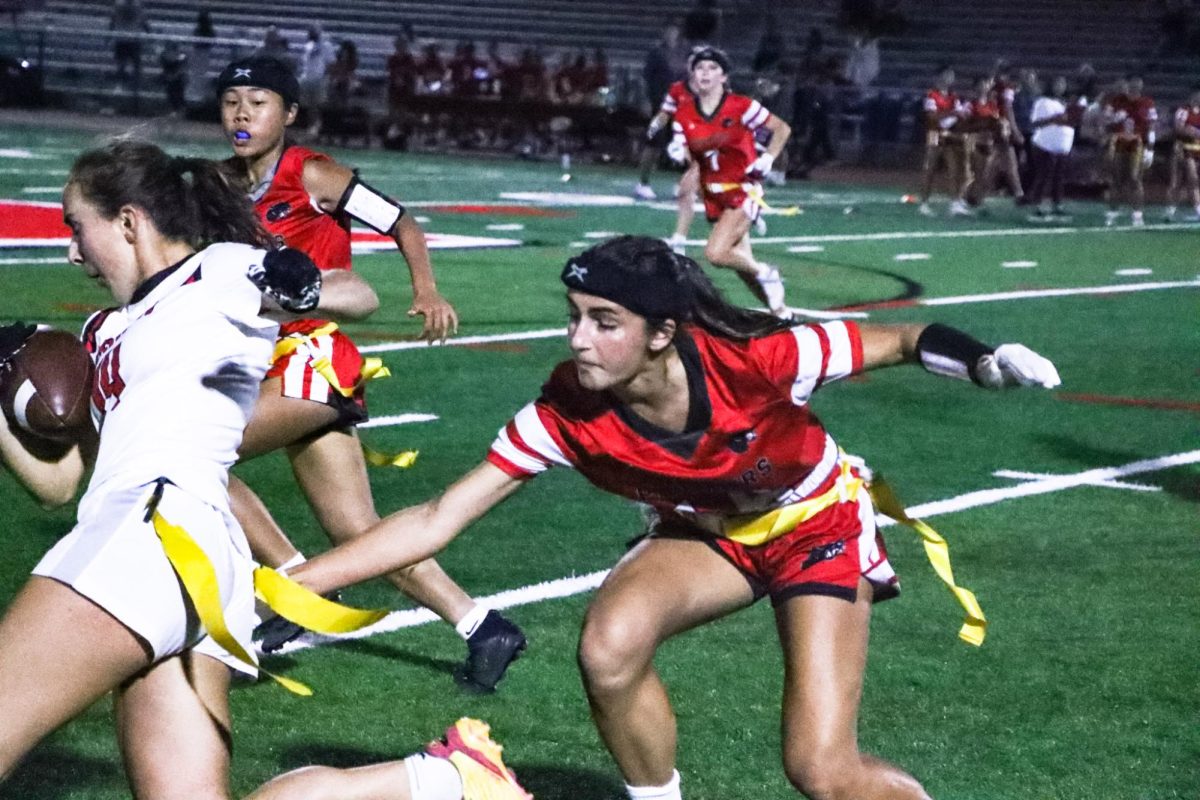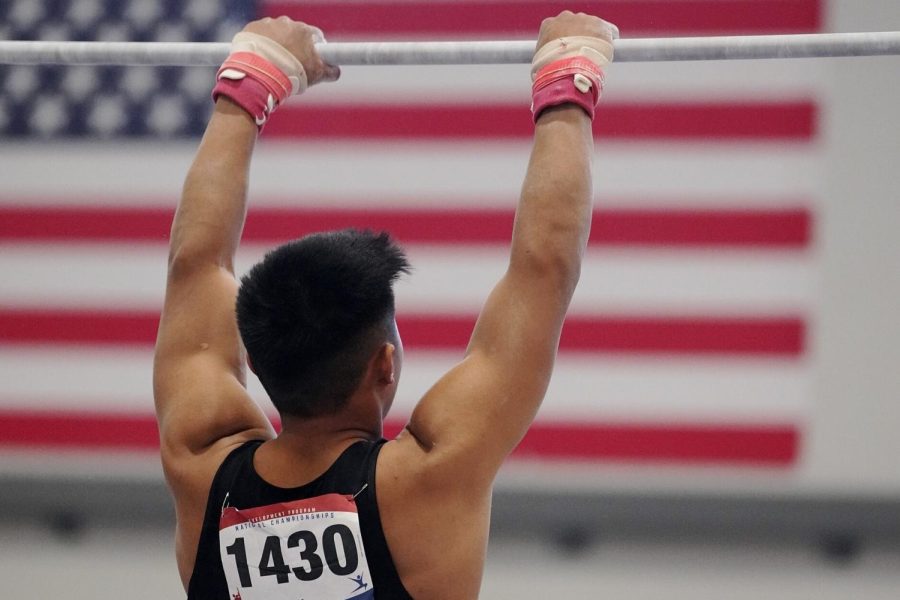Male gymnasts face limited college options
Senior Kai Louie-Badua prepares for the high bar event at the 2022 Level 10 National Championships.
December 18, 2022
In the U.S., there are only 15 NCAA men’s collegiate gymnastics programs. For women’s gymnastics, there are 81 — five times as many.
In 1969, there were over 200 men’s programs, but that number has diminished in the aftermath of Title IX, the well-intentioned education amendment enacted in 1972, requiring men’s and women’s sports at colleges to be funded equally.
Because colleges flock to fund their massive football programs, men’s gymnastics tends to be an afterthought. That reality has an outsize impact on seniors Alex Istock and Kai Louie-Badua, who have worked towards college gymnastics their whole lives.
“When it comes to cutting teams, because of things like Title IX which I fully support…unfortunately, smaller sports generally get targeted, and men’s gymnastics is one of those,” Istock said.
Istock is one of the lucky few: He recently committed to the University of Michigan’s Division 1 program, offering the ideal combination of sport and academic rigor.
Louie-Badua’s path to college gymnastics has been different. He hasn’t received offers from his top NCAA choices, so he has branched out toward Gymnastics Association of College Teams (GYMACT) schools — institutions with a club men’s gymnastic team.
“I think [GYMACT is] really positive, really beneficial, and is doing a good job to bring more opportunities to men’s gymnasts aspiring to come into college,” Louie-Badua said.
There are currently 14 GYMACT schools — just shy of the number of NCAA programs. While GYMACT schools cannot provide scholarship money or preferred admittance, they offer another opportunity for students to continue men’s gymnastics.
“People often look down at the club programs as if they’re not as good as NCAA programs, which I definitely don’t think is true at all,” Louie-Badua said.
In fact, many of these schools are former Division I programs that fell apart after losing funding. For example, the University of Minnesota’s men’s gymnastics program recently lost its NCAA status but became a GYMACT school to remain at a high level of competition.
For senior Lindsay Yang, who is committed to the women’s gymnastics program at Brown University, the gender disparity in gymnastics isn’t just about Title IX, but the popularity of each sport.
“I think opportunity wise, it’s easier for girls. At the same time, there’s a lot more female gymnasts than males,” Yang said.
The imbalance in participation stems from an imbalance in viewership. For example, the 2022 NCAA women’s championships aired on ESPN and ABC while the men’s finals appeared only on SoonerSports.TV.
“You’re not used to seeing men’s gymnastics on the TV as much as you are women’s. Most people have heard of Simone Biles or Gabby Douglas, they haven’t heard of Sam Mikulak,” Louie-Badua said.
Despite current shortcomings, the increase in club programs could pave the way for future NCAA programs and opportunities for male gymnasts.
“Especially with the rise of this club movement, I don’t think that we’re going to be disappearing anytime soon,” Louie-Badua said.









































